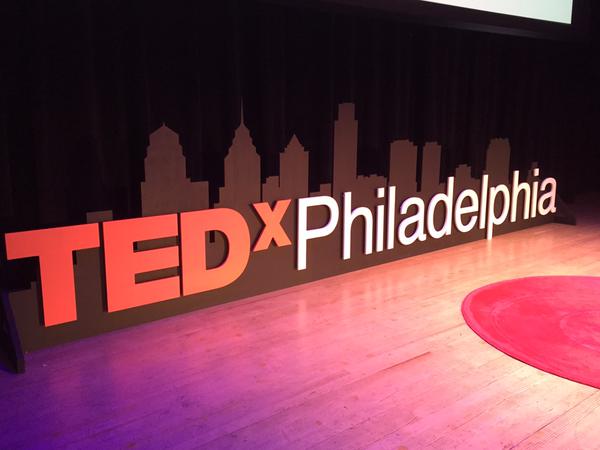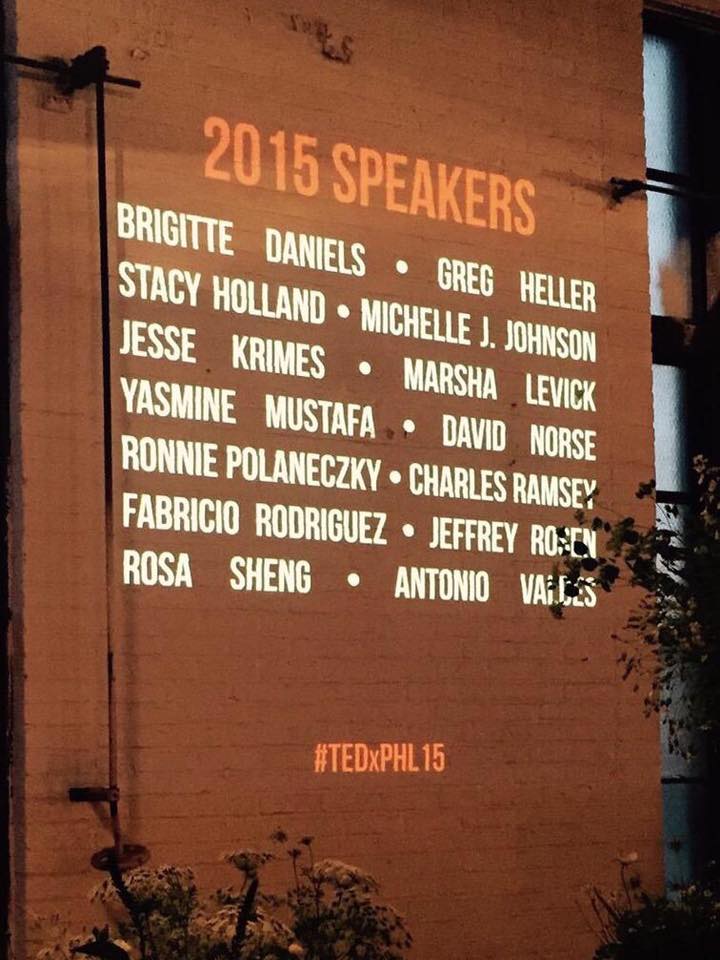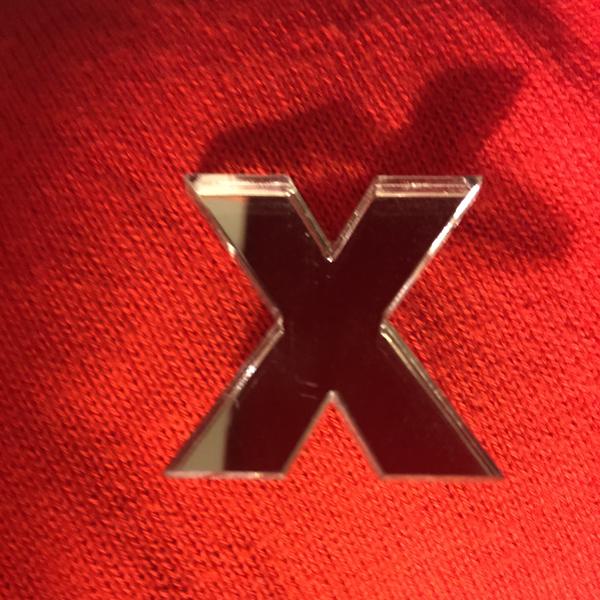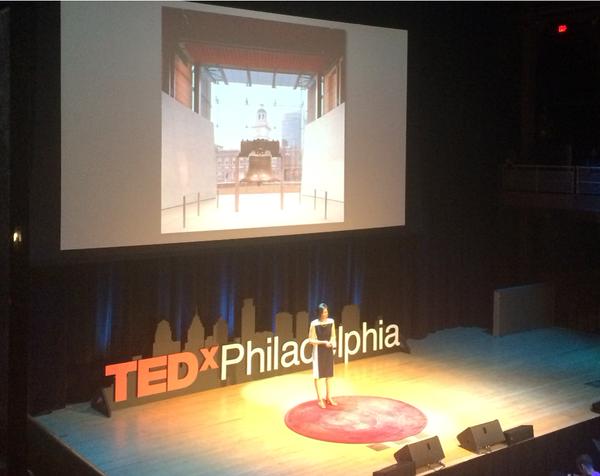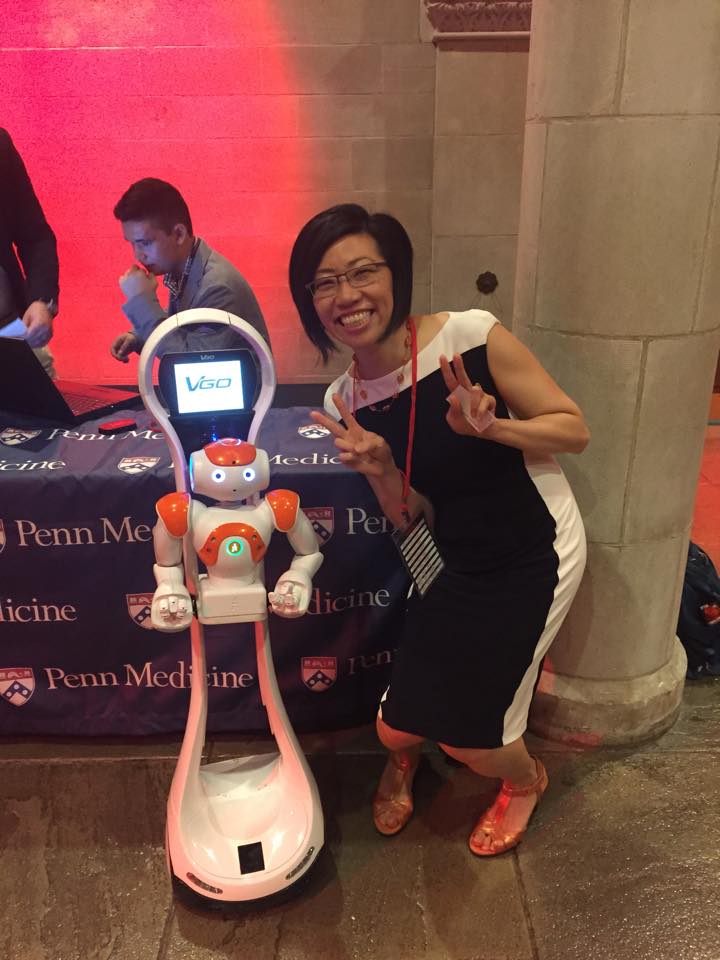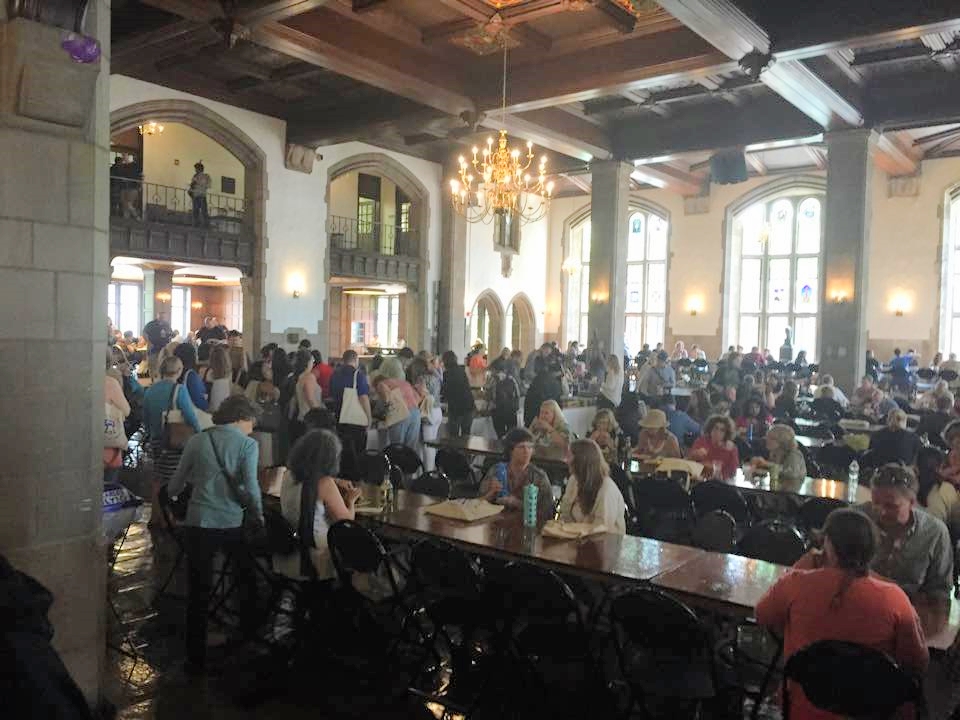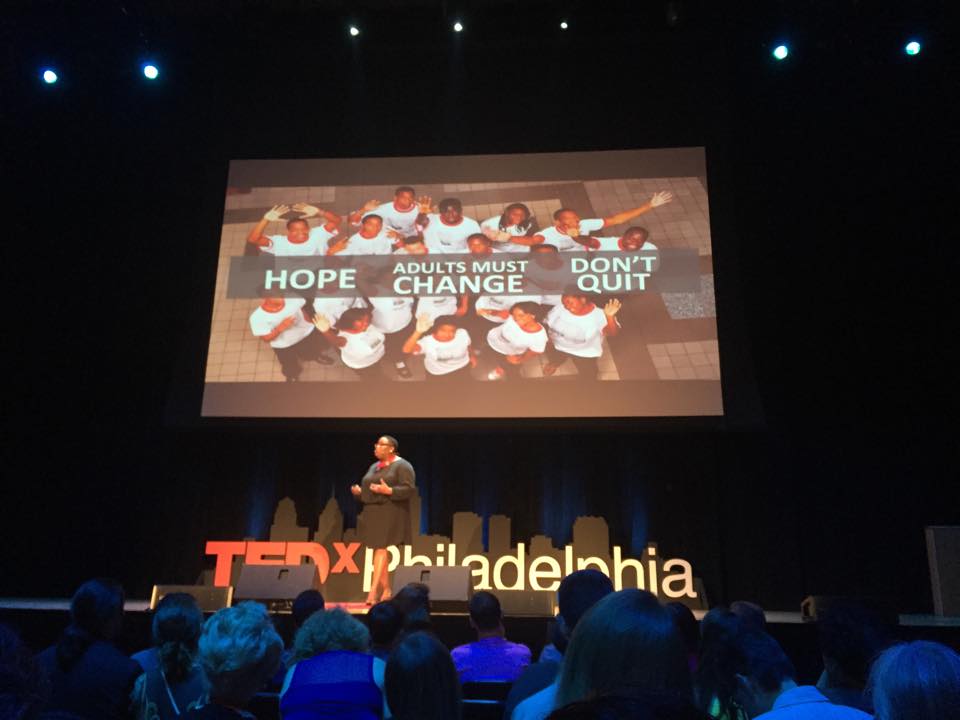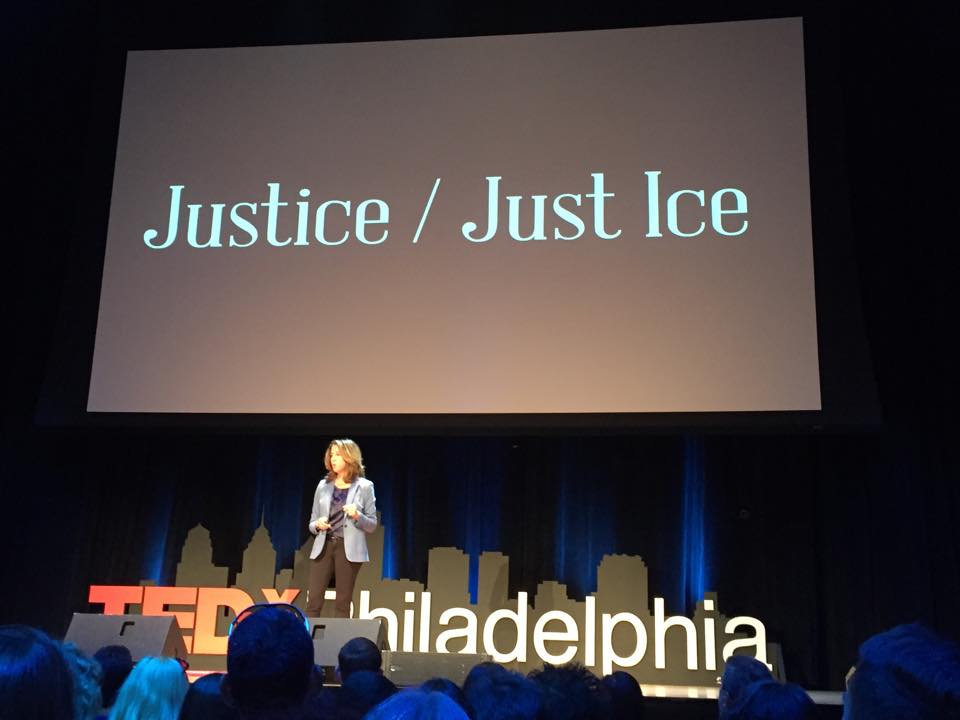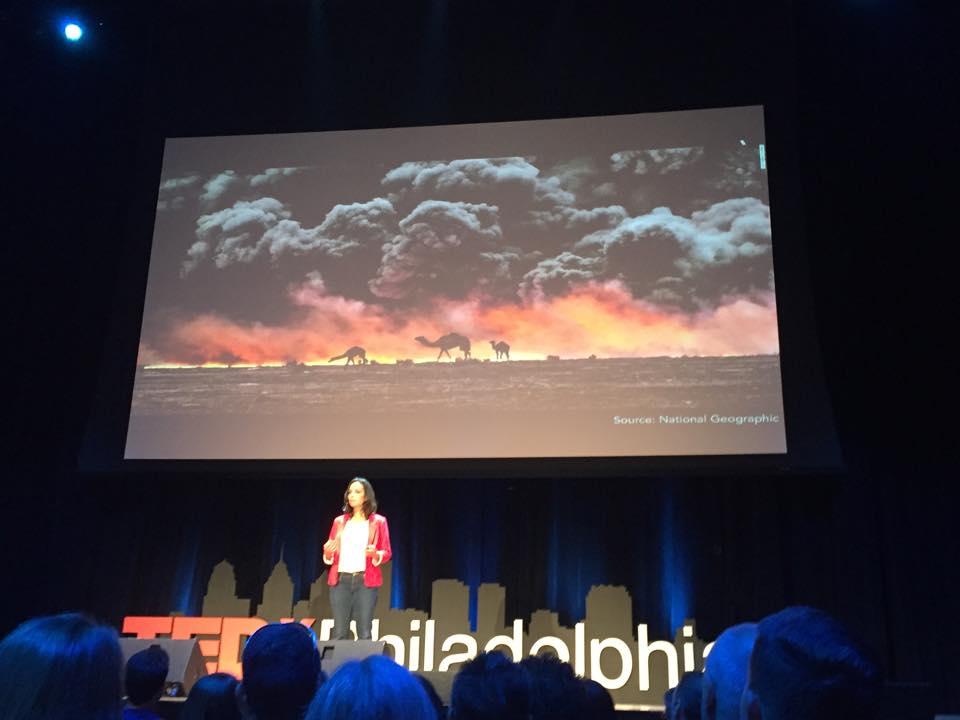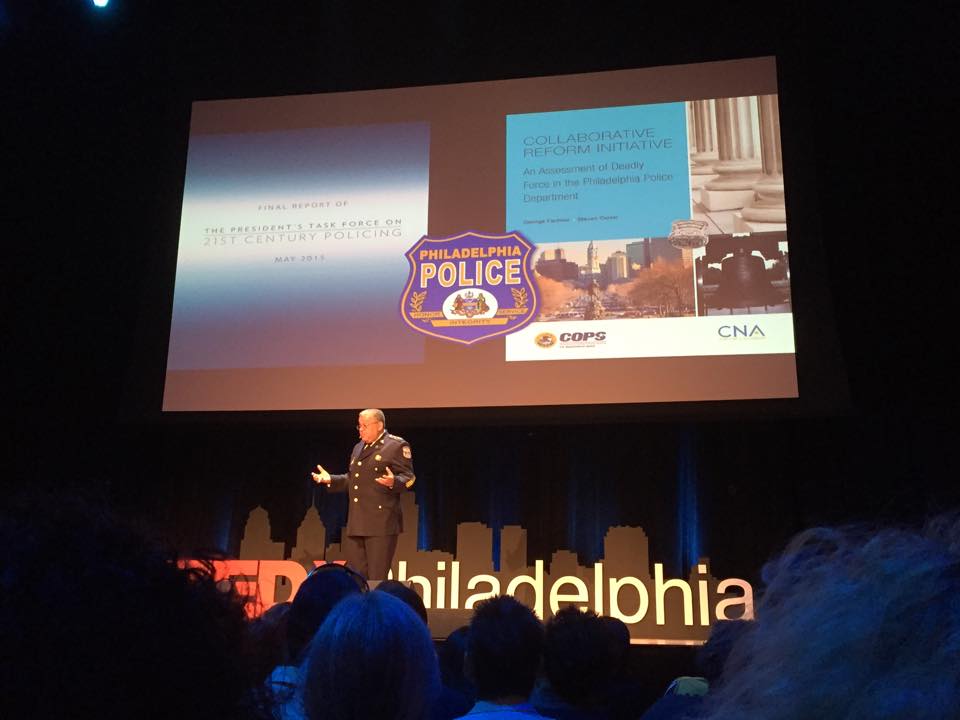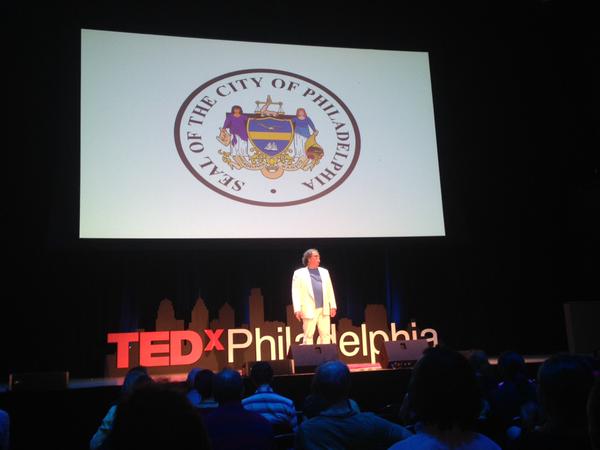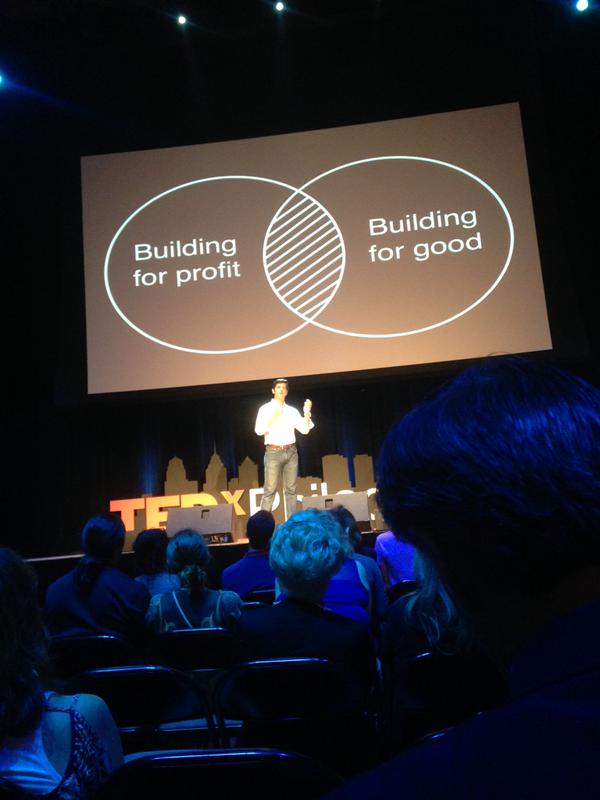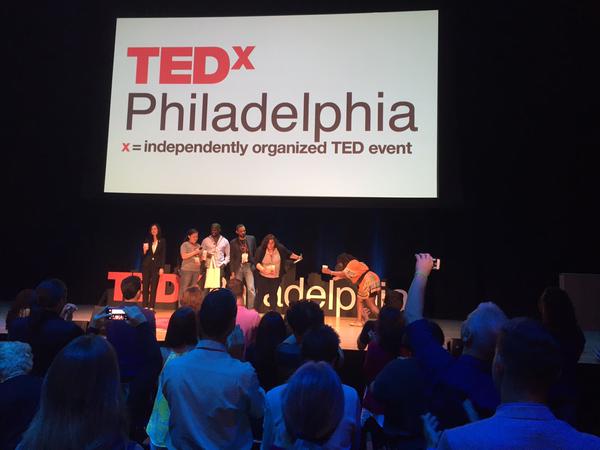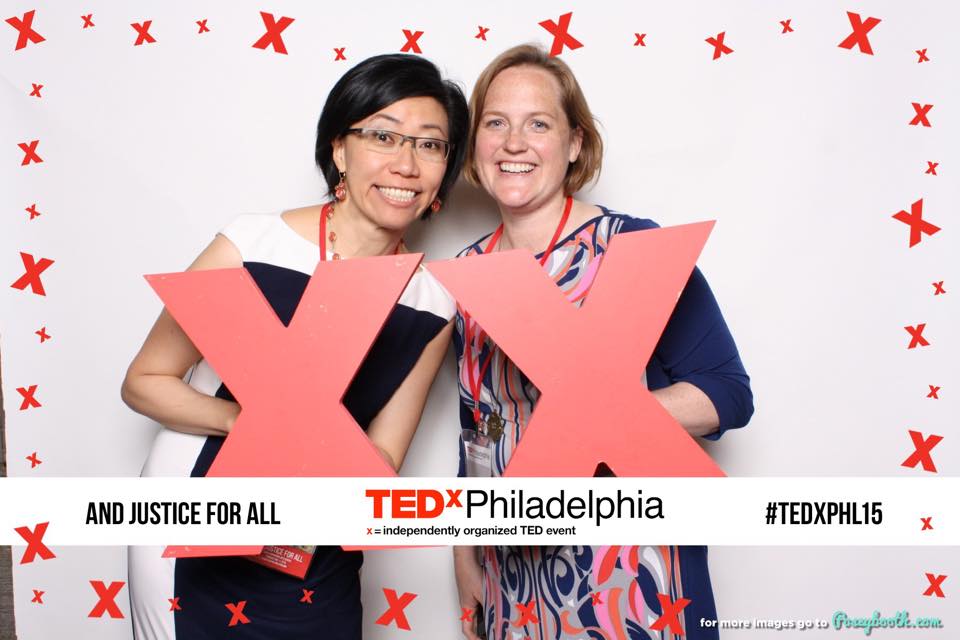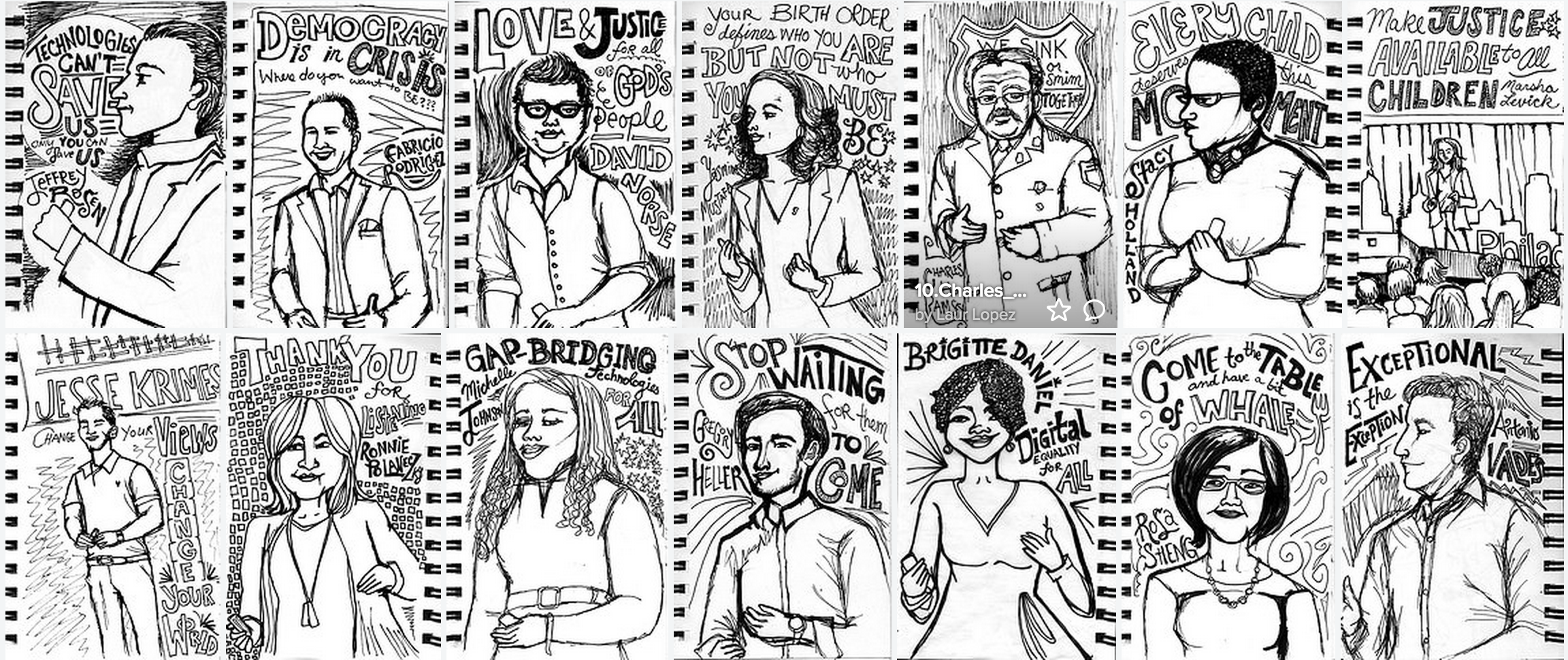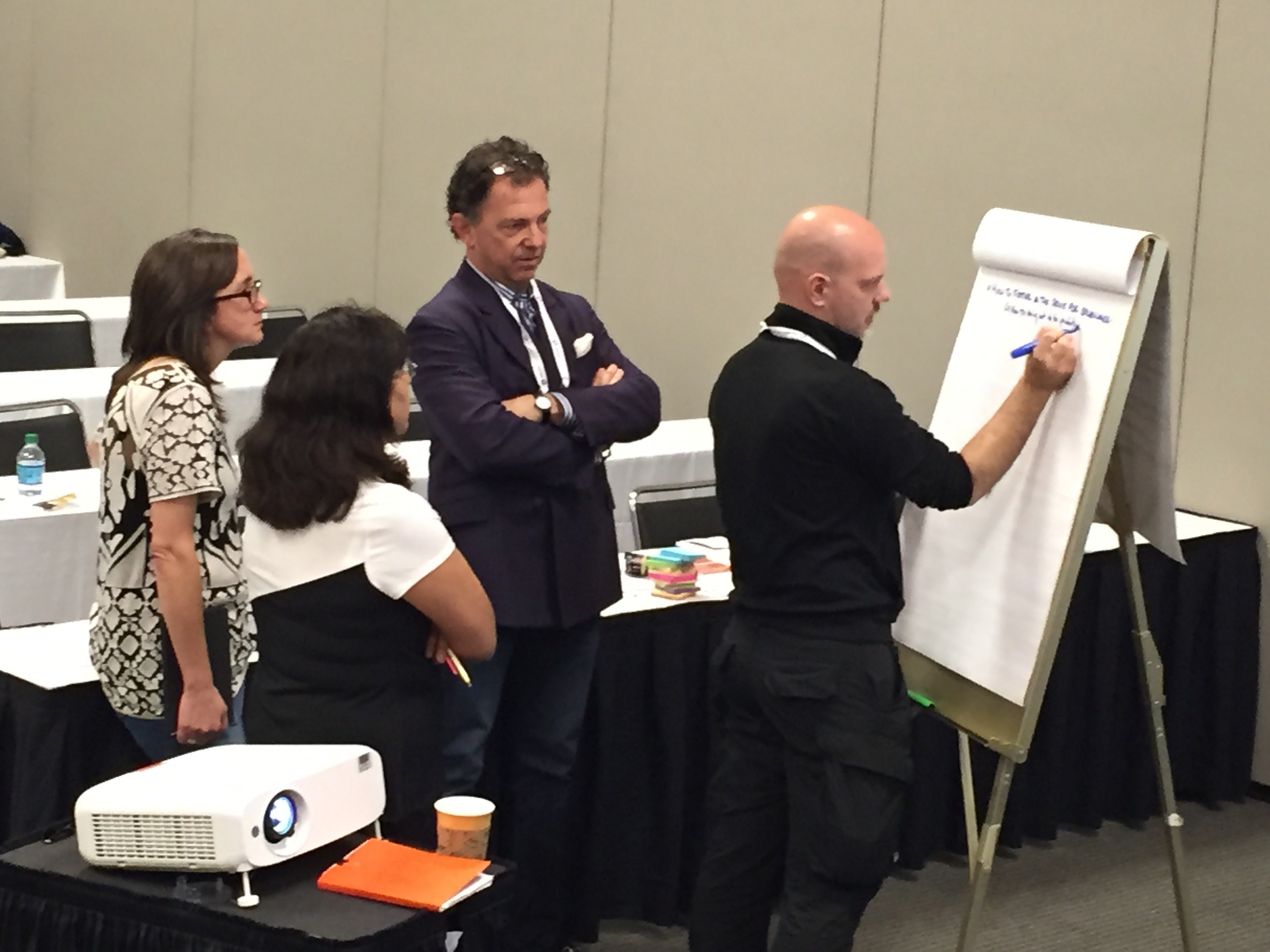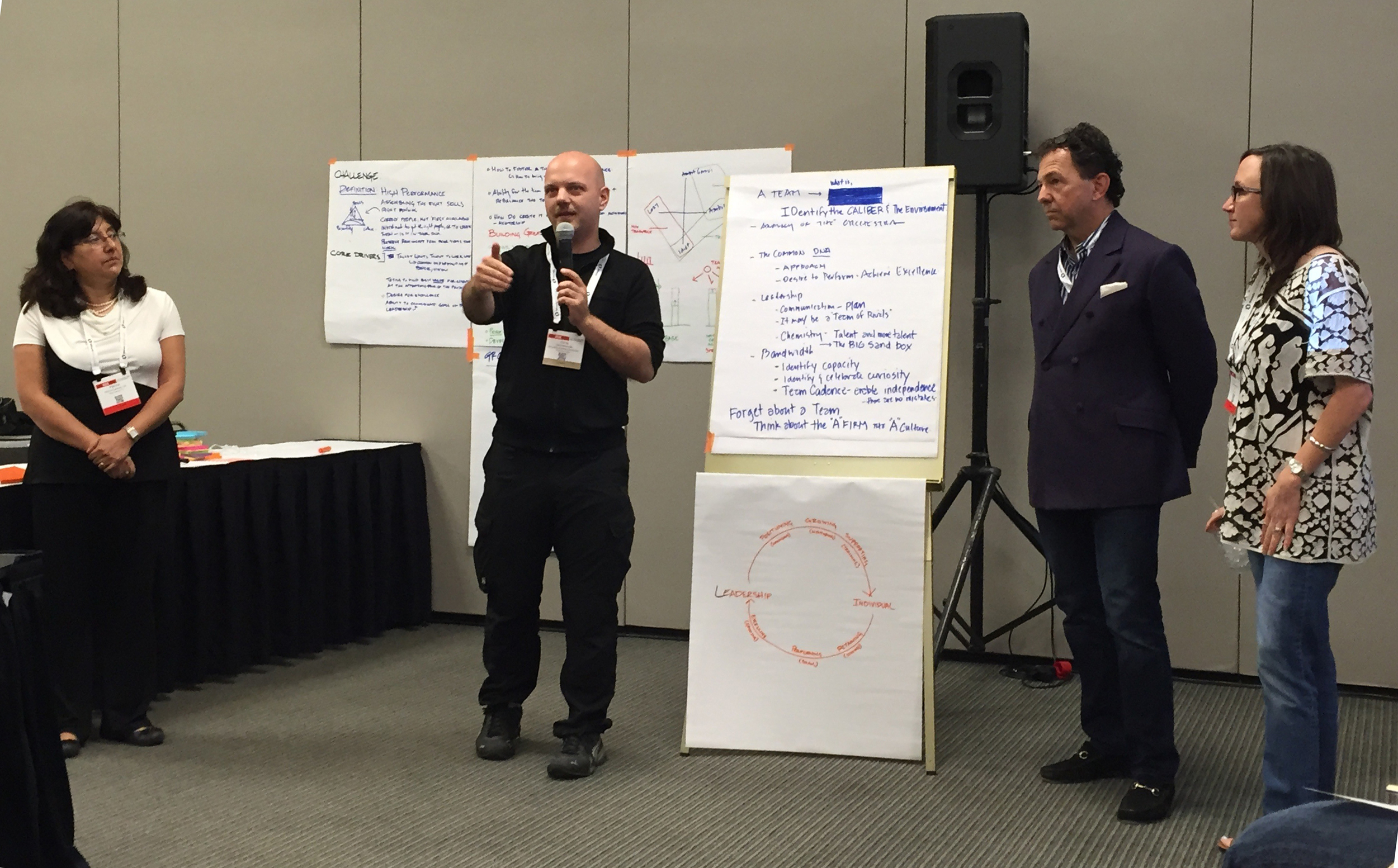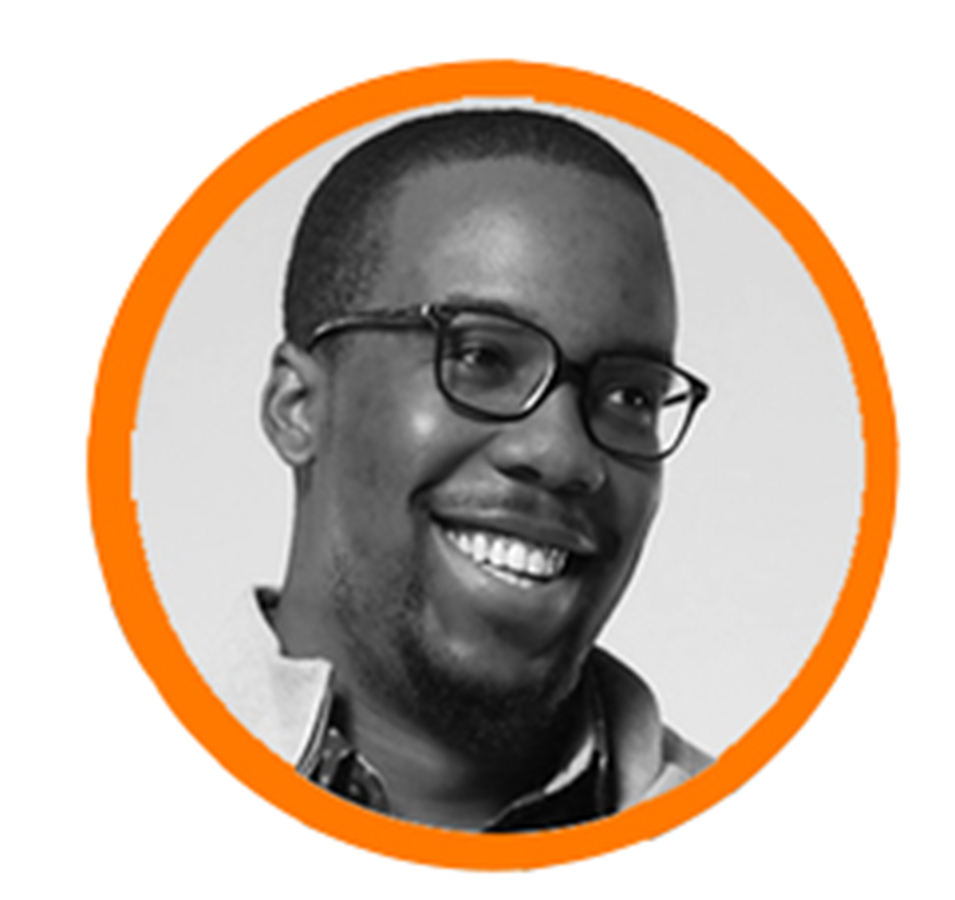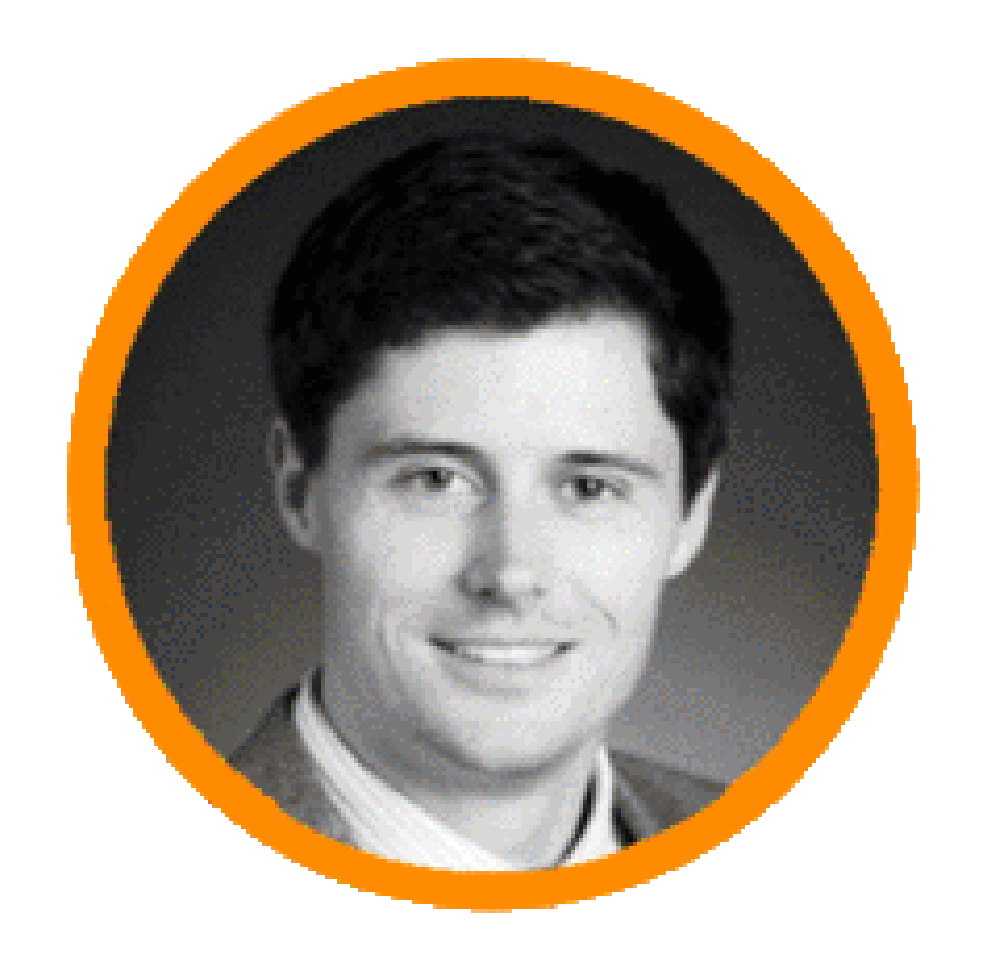By Lilian Asperin Clyman
Effective June 20, 2014. Because it had been a long while since I had a summer off. The year thus far had been shaped by the passing of my father, a health scare with my husband, an exhilarating experience of leading a Hackathon, transitions in leadership at work, and a recurring wish to explore hot room yoga in the middle of the day. I decided it was a good time to STOP.
I wrote a thank you email to each person who had shaped my every day and every teachable moment of the past 20 years. It had been a steady cadence of shared and formative experiences since graduating from UC Berkeley. These dear influencers had taught me the difference between work and mission, friend and colleague, singular and collective, meaning and waste.
The summer solstice was the first day of an interlude dedicated to purposefulness. I was curious to consider a new set of pairings, which would shed light into what truly means the world to me — now. I knew that the “process leader” in me would ask for many details and sequences. But perhaps my most important pledge to myself was to resist wanting to know what, when and how much and instead focus on why, where and with whom? Encourage wild and exaggerated ideas. Fail fast. It would be a life hack!
Three important clarifying thoughts came at the end of three yoga sessions last summer. One: Let go. Two: I had not yet been ready. Three: I feel calm, clear and strong. So, I leaned on my skills and tools learned as an Architect to create a visual map of the Woman of the 21st Century: self, wife, life partner, and employee. To map my future life, I wanted to design scenarios that would integrate, not just balance, all these quadrants.
I’d like to share the organizing process I discovered for developing a visual map:
- Where to start
- Where to go next
- Take time to reflect and move things around
- Be scrappy and low-tech
- Stare at the picture that emerges
- Enjoy the freedom of being very honest with yourself
WISH MAP: What does your best-lived life include?
Wish Map
Step 1: Think about your personal quadrants. Place those in the middle of a blank sheet. Step 2: Work outwards from your core and identify what you wish from the spheres that influence you. In my case, my core is defined by: Me (self), You (hubby), Us (our partnership), and Them (employer). Step 3: Embrace this.
Second, what is your “sweet spot”? What do assessments reveal to you? What your mother admires about you? What would your best friend agree with?
STRENGTHS: FEEL-BE-DO MAP: When you are working to your strengths, how do you feel? When you feel that way and are applying yourself, what are you actually doing? When you aggregate your best self, what are the opportunities you have to earn a living?
STRENGTHS: FEEL-BE-DO MAP
Step 1: Map your personal attributes - they may come from assessment tests like FIRO-B, Myers-Briggs, Hogan, etc. Step 2: On the left margin, jot down how you feel when you are working to your strengths. Step 3: Along the bottom, jot down what you are actually doing when you are working to your strengths and feeling strong. Step 4: On the right hand margin, jot down roles, professions, and activities that you can engage in.
CONVERGENCE MAP: How could I contribute with the most meaning and influence?
Convergence Map
Step 1: Identify your 4 areas of authentic passion, interest and/or expertise. Place each one in one corner of a blank sheet. Step 2: Draw two axes along the center to create 4 quadrants. Step 3: Starting at each corner and working towards the middle, jot down key trends you know are influencing the future of each area of interest. As you work in the zone between two areas, think about new, potential intersections.
Today is June 20, 2015. I am living with purpose. Visual maps are a simple and effective way to achieve clarity and to build confidence. My hope is that you feel empowered to take inventory of your life. And, that you find these visual maps to be useful tools to help you think about your blank slate as well as your big picture.










